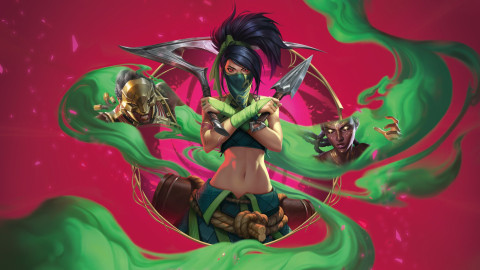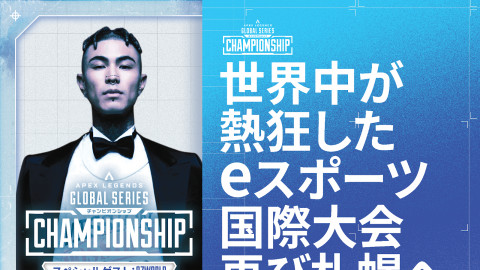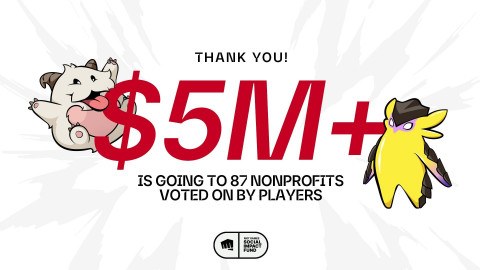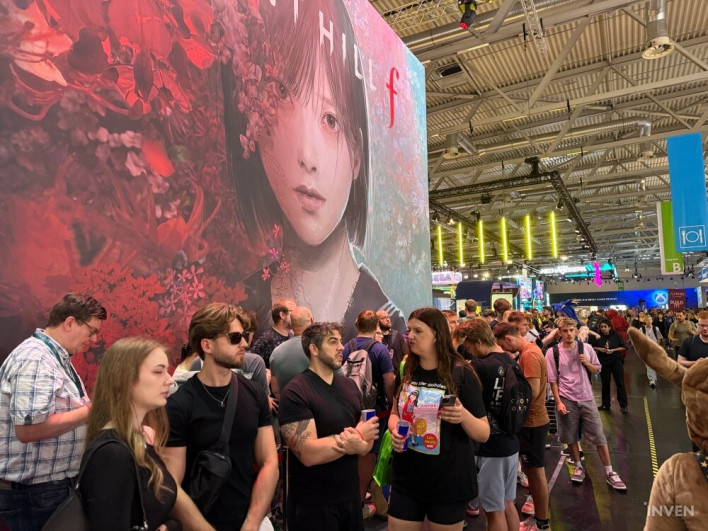
At this year’s Gamescom 2025, Resident Evil: Requiem stole the spotlight by sweeping four awards, but Konami also drew attention by presenting a new entry in the Silent Hill franchise—once the other giant of survival horror alongside Resident Evil. For the first time in the series’ history, the setting shifts to 1960s Japan with Silent Hill f.
At the public booth, attendees were limited to watching a 10-minute video presentation followed by a small merchandise giveaway. However, at Konami’s business booth, pre-registered media were given the chance to actually go hands-on with the game. My first impression? The action elements are far more prominent than I had expected.
The game begins with a difficulty selection screen, but what stands out is that combat and puzzle difficulty can be adjusted independently. For longtime fans who want a more traditional Silent Hill experience, the developers included a dedicated “Story Mode.” On higher settings, combat becomes more central, while puzzle difficulty affects how many hints or conditions are provided. The overall design seems intended to ensure that players who mainly want to follow the story won’t feel blocked by mechanics.
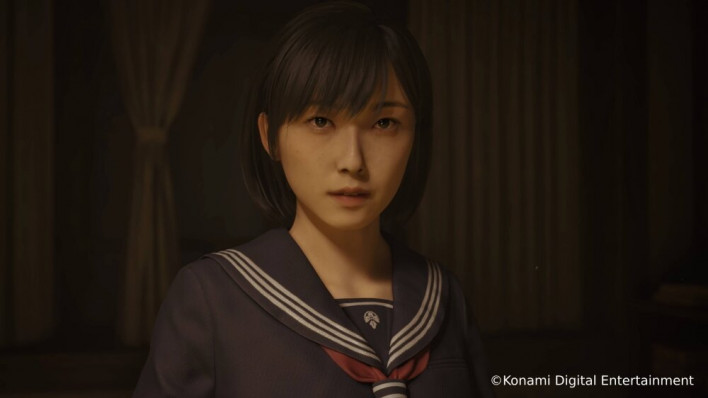
The protagonist is Hinako Shimizu, a high school girl living in the rural Japanese village of Ebisugaoka. The demo begins with early cutscenes showing how Hinako gets caught up in a sudden, mysterious incident in her town. She’s portrayed as quiet and reserved, though the demo also shows her interacting with her small circle of friends in the close-knit village.
Ebisugaoka itself is complex and maze-like, shrouded in a thin mist that evokes the classic Silent Hill atmosphere. The narrow alleyways look deceptively similar, making it easy to get lost without constantly checking the map. That said, the game doesn’t embrace full open-world exploration. Progression is mostly linear, but—true to the survival horror formula—shortcuts can be unlocked as doors that were initially sealed become accessible later.
At first, it seems like Hinako’s life is just small talk with friends outside the local wagashi shop. But then everything changes in an instant. A fog monster attacks, killing one of her friends in grotesque fashion. The group scatters in panic. Hinako flees but soon returns to check on her surviving friend—and this is where Silent Hill f truly begins.
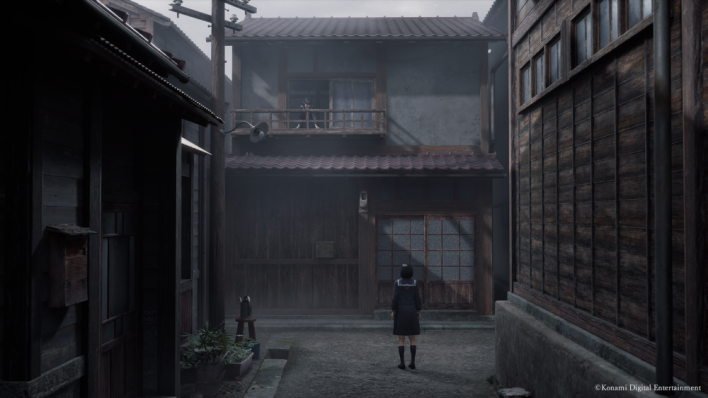
After the initial chase sequence, Hinako picks up a steel pipe to arm herself. From there, it becomes clear why the developers joked about her having “the strength of three tanks.” Despite being a schoolgirl, Hinako proves surprisingly formidable.
Combat plays out closer to modern third-person action titles than old-school survival horror. Light attacks are mapped to R1, heavy attacks (with slower wind-up) to R2. Players can dodge enemy strikes, or time a heavy attack at the right moment to interrupt an incoming blow and deal major damage. Put simply, once you see the mechanics in action, it’s clear—ordinary monsters are no match for Hinako’s raw power.
But balance is maintained through resource systems. Weapons like the steel pipe have durability and require repair kits to maintain. Hinako also has stamina and a mental strength gauge, which deplete when dodging, entering focus states, or suffering psychic attacks. These limit players from button-mashing their way through.
Dodging too often drains stamina, leaving Hinako vulnerable. Careful observation of enemy patterns—and management of weapon durability—becomes essential. Still, skilled players who master “just-dodge” timings will be rewarded with stamina recovery, giving experts ways to maintain flow in battle.
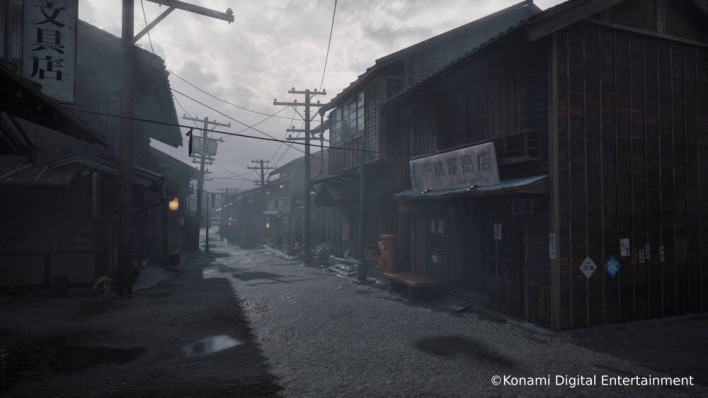
In addition to the fog-draped streets of Ebisugaoka, the demo briefly showcased a secondary realm—akin to the Otherworld from past Silent Hill titles. While the rusty chains and grotesque industrial aesthetic of the originals have been replaced, this realm embraces Japanese horror motifs instead. Exploration was limited due to time, but the psychological symbolism—long a hallmark of the series—remains intact.
After wrapping up the hands-on, I had the chance to sit down with members of the development team for a 15-minute interview. Topics ranged from why Konami partnered with Taiwan-based NeoBards to why the setting was chosen as 1960s Japan.
Producer Motoi Okamoto explained that Konami first learned about NeoBards through another internal producer. The studio’s successful collaborations with major Japanese publishers like Square Enix and Capcom convinced him they would make a reliable partner. During several months of discussions before the project was approved, NeoBards impressed Konami with persistence and a steady stream of creative ideas.
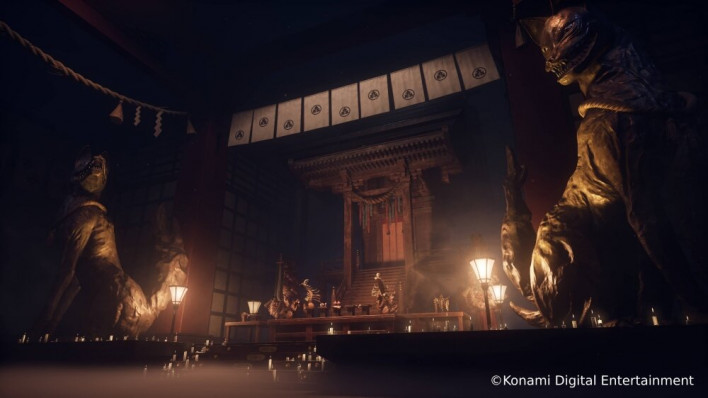
NeoBards director Al Yang added that it felt like an honor to work with such a supportive producer. When Konami approached them, the project already had a script by Ryukishi07 and character/creature concepts by kera. What stood out most was Konami’s collaborative stance—they didn’t just hand off tasks but invited NeoBards to co-create the vision for the game.
Yang noted that every classic title has its own tone: the first and third leaned into religious themes, while the second explored one man’s personal struggles. Still, the constant across the series is atmosphere, tension, and fear. Those qualities became the team’s main focus on Silent Hill f. Setting the game in 1960s Japan, as Ryukishi07 proposed, added extra layers of unfamiliarity to heighten unease.
Okamoto emphasized that no matter the time or place, psychological horror is the true essence of Silent Hill and must always be preserved. Yang explained that while everyone knows what schools are, not everyone can picture what a rural Japanese school in the 1960s looked like. That unfamiliarity breeds curiosity, which enhances the unsettling tone. Okamoto added that the historical and social context also informed the choice, especially in how the female protagonist is portrayed against the restrictive norms of the era.
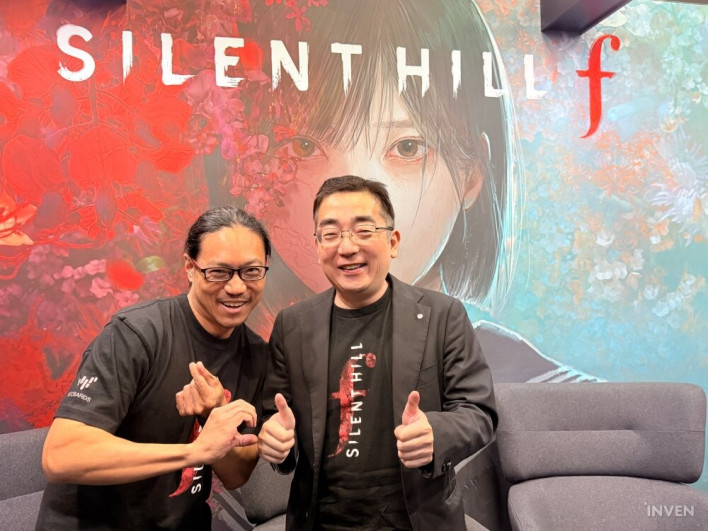
Yang said the team wanted to appeal to both returning fans and newcomers, and action provides an immediate hook. At the same time, the “Story Mode” was designed to give veteran fans a classic Silent Hill experience focused more on narrative and atmosphere.
Yang argued that horror thrives on scarcity. When players have abundant ammunition, monsters stop being frightening. Limiting resources forces players to think carefully about whether to fight or conserve supplies. Weapon durability in Silent Hill f is meant to serve the same purpose as limited ammo—heightening tension and uncertainty. Stamina and mental strength gauges also cap how often players can dodge or parry, keeping resource management central to the experience.
Yang explained that cultural overlap between Taiwan and Japan during the early Showa era helped. The team was already familiar with many details, from traditional music to candy shops. Many of the developers are also fans of Japanese culture, which made the work feel natural rather than difficult.
The team visited Kanayama in Gifu Prefecture to capture photos and ambient sounds, aiming for authenticity while still tweaking details to keep players unsettled. Konami provided cultural guidance, such as how Japanese schools are laid out differently from Taiwanese ones. The developers even used real 1960s props, like medicine boxes, as reference for in-game assets.
Okamoto added that the social atmosphere of the era was just as important as visual authenticity. Hinako, as a young woman in 1960s Japan, confronts oppressive societal expectations. The monsters she faces aren’t just supernatural threats—they embody that social oppression as seen through her perspective.
Okamoto encouraged fans seeking the most authentic Silent Hill experience to try Story Mode, which emphasizes atmosphere and narrative. Yang highlighted that although this is a fresh start with new characters, setting, and story, it still preserves the mood and tension that fans love. Both developers expressed excitement for players to finally experience the game for themselves.
This article was translated from the original that appeared on INVEN.
Sort by:
Comments :0



